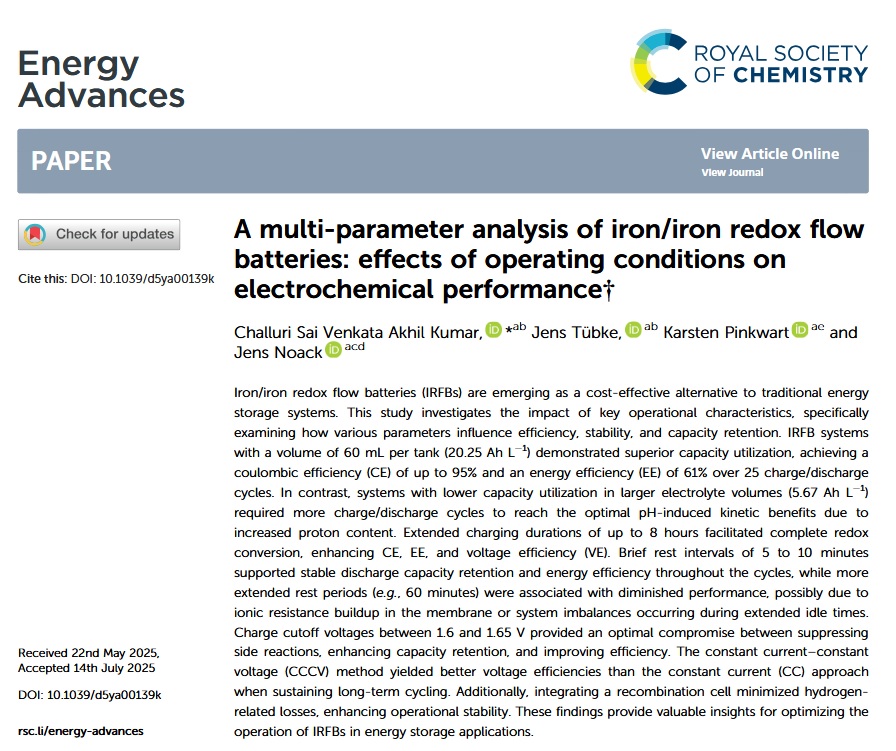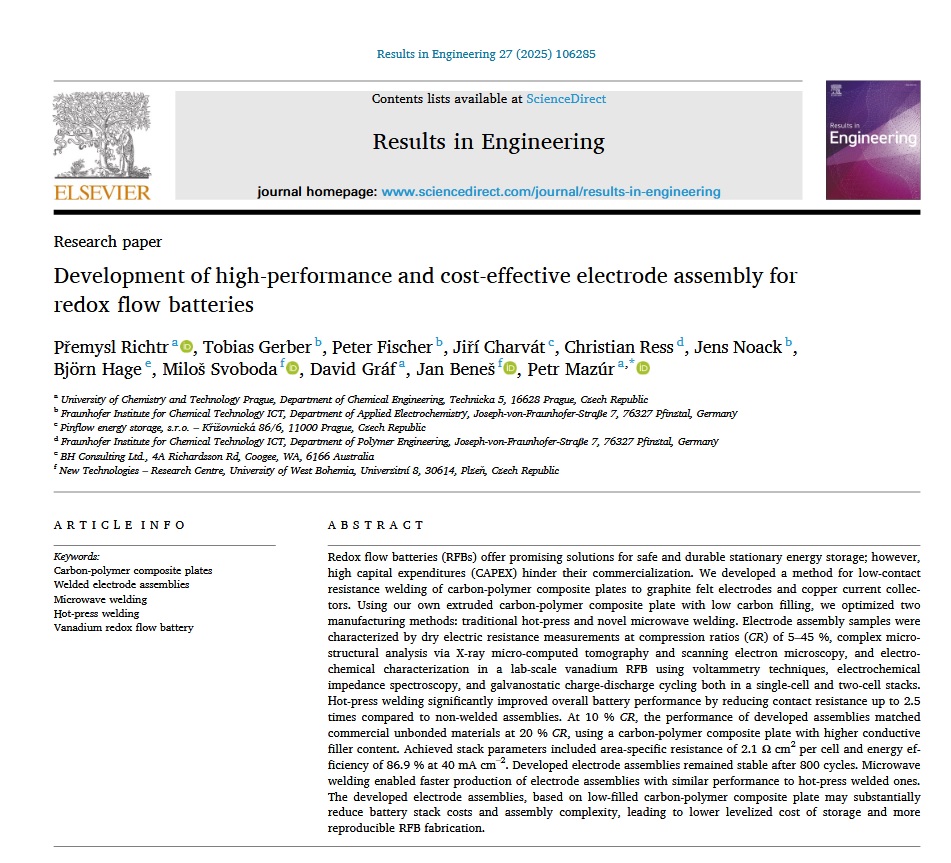The rapid advancement of flow batteries offers a promising pathway to addressing global energy and environmental challenges. Among them, iron-based aqueous redox flow batteries (ARFBs) are a compelling choice for future energy storage systems due to their excellent safety, cost-effectiveness and scalability. However, the advancement of various types of iron-based ARFBs is hindered by several critical challenges, including hydrogen evolution, inferior reversibility of metal deposition and stripping, and undesirable dendrite formation in hybrid flow systems with metal plating/stripping on the negative electrode. Additionally, all-soluble iron-based ARFBs face limitations in redox species solubility and electrolyte stability. To address these issues, various strategies have been developed, such as modifications to electrolytes, electrodes and separators, as well as flow stack optimization. This review provides a comprehensive overview of iron-based ARFBs, categorizing them into dissolution-deposition and all-soluble flow battery systems. It highlights recent advancements in the field and explores future prospects, focusing on four key areas: materials innovation and mechanistic understanding; flow battery system design and engineering; new electrochemistry explorations; and interdisciplinary strategies. By offering insights into these emerging directions, this review aims to support the continued research and development of iron-based flow batteries for large-scale energy storage applications.
New paper published – A multi-parameter analysis of iron/iron redox flow batteries: effects of operating conditions on electrochemical performance
Iron/iron redox flow batteries (IRFBs) are emerging as a cost-effective alternative to traditional energy storage systems. This study investigates the impact of key operational characteristics, specifically examining how various parameters influence efficiency, stability, and capacity retention. IRFB systems with a volume of 60 mL per tank (20.25 Ah L−1) demonstrated superior capacity utilization, achieving a coulombic efficiency (CE) of up to 95% and an energy efficiency (EE) of 61% over 25 charge/discharge cycles.
The full article can be accessed here: https://doi.org/10.1039/D5YA00139K
New paper published – Development of high-performance and cost-effective electrode assembly for redox flow batteries
Redox flow batteries (RFBs) offer promising solutions for safe and durable stationary energy storage; however, high capital expenditures (CAPEX) hinder their commercialization.
Neil Young – Live 2025
I listen to this legend’s music now for over 30 years. Finally I could see Neil Young live this year and it is amazing what music a 79 year old person can play!














